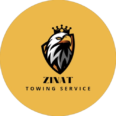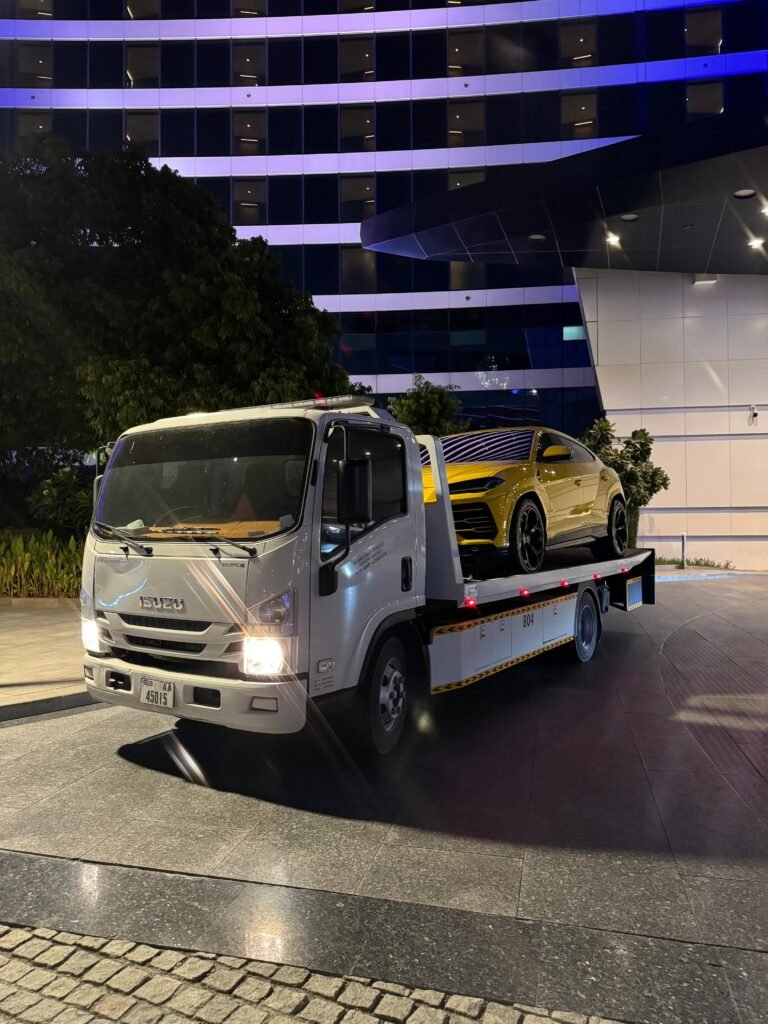Car Towing And Recovery Service
Car towing and recovery services play a crucial role in ensuring road safety and convenience for drivers. Whether due to a breakdown, accident, or an improperly parked vehicle, towing services are indispensable in keeping traffic flowing and assisting motorists in distress. This comprehensive guide explores the various aspects of car towing and recovery services, including their types, importance, and tips for choosing a reliable provider.
Understanding Car Towing Services
Car towing involves transporting a disabled or immobilized vehicle from one location to another. It’s a specialized service that requires the right equipment, training, and expertise to ensure the safe handling of vehicles. Towing services are often called upon in emergencies, but they can also be prearranged for planned vehicle transport.
Types of Car Towing Services
- Flatbed Towing: This is one of the most secure methods of towing. Vehicles are loaded onto a flatbed truck, ensuring no contact with the road during transit. Flatbed towing is ideal for luxury cars, sports cars, and vehicles with significant damage.
- Wheel-Lift Towing: This method involves lifting the front or rear wheels of a vehicle off the ground using a hydraulic system. It’s a cost-effective and efficient option for short-distance towing.
- Integrated Towing: Commonly used for heavy-duty tasks, this method involves specialized equipment built into the tow truck to handle large vehicles such as buses or trucks.
- Hook and Chain Towing: An older method, it involves hooking a chain to the vehicle’s frame or axle. While it’s less common today due to potential damage to the vehicle, it’s still used in certain scenarios, such as moving heavily damaged cars.
- Motorcycle Towing: This specialized service caters to motorcycles and ensures their safe transport using specific towing equipment designed for two-wheelers.
What Is Vehicle Recovery?
Vehicle recovery refers to retrieving vehicles that are stuck, overturned, or stranded in difficult-to-access locations. It’s a broader and often more complex process than towing. Recovery services may involve specialized equipment such as winches, cranes, or even air cushions for upright recovery of overturned vehicles.
Types of Vehicle Recovery
- Winching: Used to pull a vehicle out of mud, sand, snow, or ditches. This method requires a strong cable and a powerful winch attached to a recovery vehicle.
- Off-Road Recovery: Designed for vehicles stuck in rugged terrain, such as forests or mountains. This service often requires 4×4 recovery trucks and experienced operators.
- Accident Recovery: Involves recovering vehicles that have been in collisions. This may require cutting tools, cranes, or other heavy-duty equipment to safely remove the car from the accident scene.
- Water Recovery: Specialized recovery methods to retrieve vehicles submerged or stranded in water bodies, such as rivers or flooded areas.
The Importance of Towing and Recovery Services
Towing and recovery services are more than just a convenience; they are critical for safety, traffic management, and reducing stress for drivers. Here’s why these services matter:
- Emergency Assistance: When a vehicle breaks down or is involved in an accident, towing services ensure the vehicle is safely removed from the road, reducing the risk of further accidents.
- Traffic Flow Maintenance: Stalled vehicles on busy roads can cause traffic jams. Towing services help clear obstructions promptly, ensuring smoother traffic flow.
- Vehicle Safety: Professional towing minimizes the risk of additional damage to the vehicle during transport.
- Roadside Peace of Mind: Knowing that reliable assistance is just a phone call away provides peace of mind for drivers, especially during long trips.
- Specialized Equipment: Recovery services are equipped to handle complex situations, such as vehicles stuck in difficult terrains or hazardous conditions.
Choosing a Reliable Towing and Recovery Service
Selecting a trustworthy towing and recovery provider is essential to ensure quality service and fair pricing. Here are key factors to consider:
- Reputation and Reviews: Look for companies with positive customer feedback and a solid reputation in the community. Online reviews and recommendations from friends or family can be helpful.
- Availability: Opt for a service provider that operates 24/7. Emergencies can happen at any time, and prompt assistance is crucial.
- Pricing Transparency: Ensure the company provides clear and upfront pricing. Hidden fees can lead to unpleasant surprises.
- Equipment and Expertise: Verify that the company has the right equipment and trained professionals to handle your specific needs.
- Insurance and Licensing: Choose a licensed and insured provider to protect your vehicle and ensure compliance with legal requirements.
- Range of Services: A comprehensive provider offering both towing and recovery services is a better choice, as they can handle diverse scenarios.
- Response Time: Quick response times are vital, especially in emergencies. Check customer reviews or testimonials regarding the company’s punctuality.
The Process of Car Towing and Recovery
Understanding what to expect during the towing or recovery process can make the experience smoother. Here’s an outline:
- Initial Call: Contact the service provider and provide details about your situation, including location, type of vehicle, and the issue.
- Assessment: The company assesses the situation and dispatches the appropriate equipment and personnel.
- Safety Precautions: Upon arrival, the team ensures the area is safe, especially in high-traffic or hazardous conditions.
- Vehicle Handling: Depending on the situation, the vehicle is either towed using the appropriate method or recovered using specialized tools.
- Transport: The vehicle is transported to the designated location, such as a repair shop, home, or storage facility.
- Post-Service Support: Many companies offer additional support, such as helping you find a repair shop or providing recommendations for further steps.
Tips for Safe Towing
If you ever need to tow a vehicle yourself or supervise a towing process, keep these tips in mind:
- Use the Right Equipment: Ensure the towing vehicle and equipment are appropriate for the weight and type of the disabled vehicle.
- Secure the Vehicle Properly: Double-check all connections, straps, and chains to prevent the towed vehicle from detaching.
- Drive Carefully: Maintain a slow and steady speed, avoid sudden braking or acceleration, and be cautious when turning.
- Follow Legal Requirements: Ensure the towed vehicle’s lights and signals are functioning and comply with local towing laws.
- Avoid Overloading: Do not exceed the towing capacity of your vehicle or equipment.
The Role of Technology in Towing and Recovery
Advancements in technology have significantly improved the efficiency and safety of towing and recovery services. Some notable innovations include:
- GPS Tracking: Enables real-time tracking of tow trucks, ensuring faster response times.
- Mobile Apps: Many companies now offer apps that allow customers to request services, track the tow truck’s arrival, and make payments seamlessly.
- Advanced Equipment: Modern tow trucks are equipped with hydraulic systems, sensors, and automated controls for precise and safe operations.
- Telematics: Provides real-time data on vehicle conditions, helping operators make informed decisions during recovery.
Environmental Considerations in Towing
Towing and recovery services are increasingly adopting eco-friendly practices, such as:
- Electric Tow Trucks: Some companies are introducing electric or hybrid tow trucks to reduce emissions.
- Proper Disposal of Fluids: Ensuring that fluids from damaged vehicles, such as oil or coolant, are disposed of responsibly to minimize environmental impact.
- Efficient Routing: Using GPS and route optimization software to reduce fuel consumption and emissions.
Emergency Preparedness for Drivers
While towing and recovery services are there to help, being prepared for emergencies can make a big difference. Here are some tips:
- Keep a Roadside Emergency Kit: Include essentials such as a flashlight, jumper cables, first aid kit, and reflective triangles.
- Know Your Insurance Coverage: Check if your insurance policy includes roadside assistance or towing coverage.
- Save Emergency Contacts: Keep the numbers of reliable towing services in your phone or car.
- Stay Safe While Waiting: If stranded on the road, stay inside your vehicle if it’s safe to do so, and turn on hazard lights.

